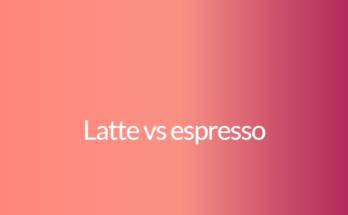| Criteria |
Provident Fund (PF) |
Public Provident Fund (PPF) |
| Definition |
A retirement benefit scheme for salaried employees in India, where a portion of the salary is deducted and contributed towards a fund managed by the government or approved trust. |
A long-term investment scheme offered by the Indian government that allows individuals to save for their retirement while earning tax-free interest on the deposited amount. |
| Eligibility |
Available to salaried employees working in organizations that have more than 20 employees. |
Open to all Indian residents, whether salaried, self-employed, or unemployed. |
| Investment Limit |
The employee contributes 12% of their basic salary towards the PF account. The employer also contributes an equal amount. |
Individuals can invest a minimum of Rs. 500 and a maximum of Rs. 1.5 lakh per financial year. |
| Tenure |
The PF account is linked to the employee’s employment and can be withdrawn upon retirement, resignation, or termination. |
The PPF account has a lock-in period of 15 years, which can be extended in blocks of 5 years. |
| Interest Rate |
The interest rate is set by the government and is currently 8.5% per annum. |
The interest rate is also determined by the government and is currently 7.1% per annum. |
| Tax Benefits |
The employee’s contribution is tax-deductible under Section 80C of the Income Tax Act. The interest earned is taxable. |
The contribution, as well as the interest earned, is tax-free. |
| Usage of Funds |
The accumulated funds can be withdrawn for specific purposes such as retirement, medical expenses, home loans, etc. |
The funds can be used after the completion of the lock-in period. However, partial withdrawals are allowed after the 6th year. |
| Risk Factor |
The risk involved is relatively low as the funds are managed by the government or a trust approved by the government. |
The risk involved is also low as the accounts are maintained with the government. |



